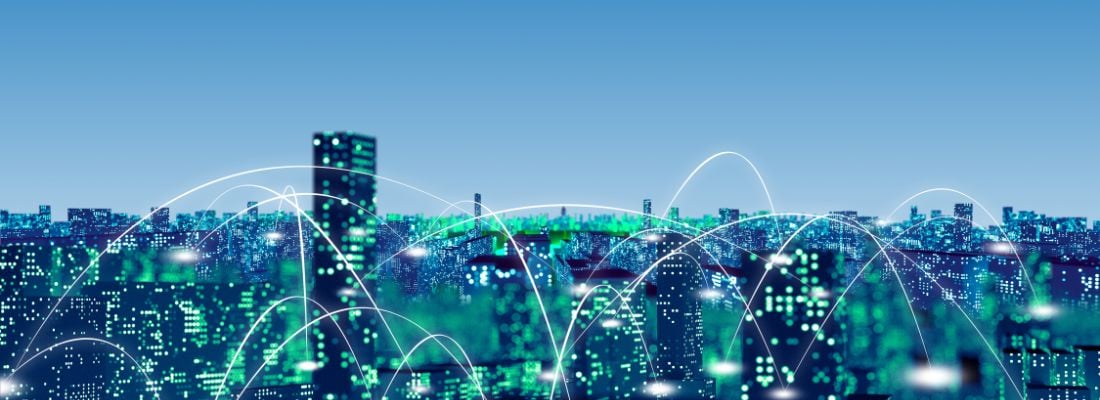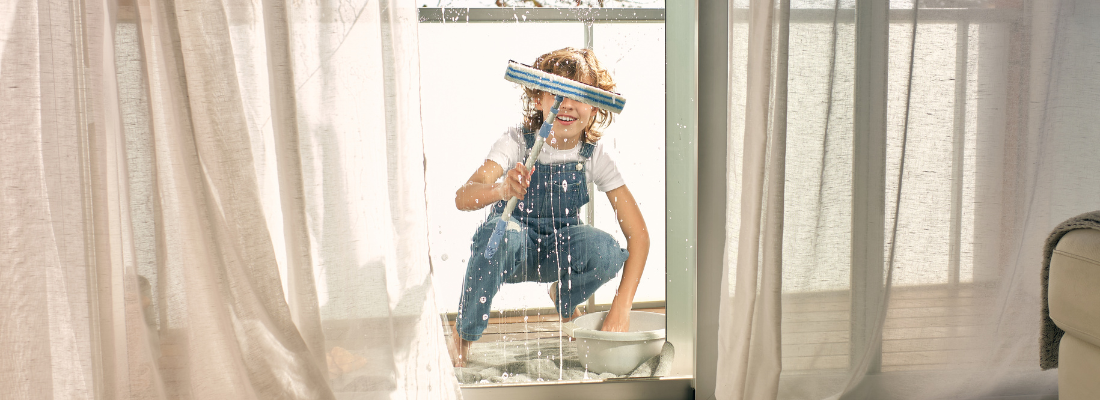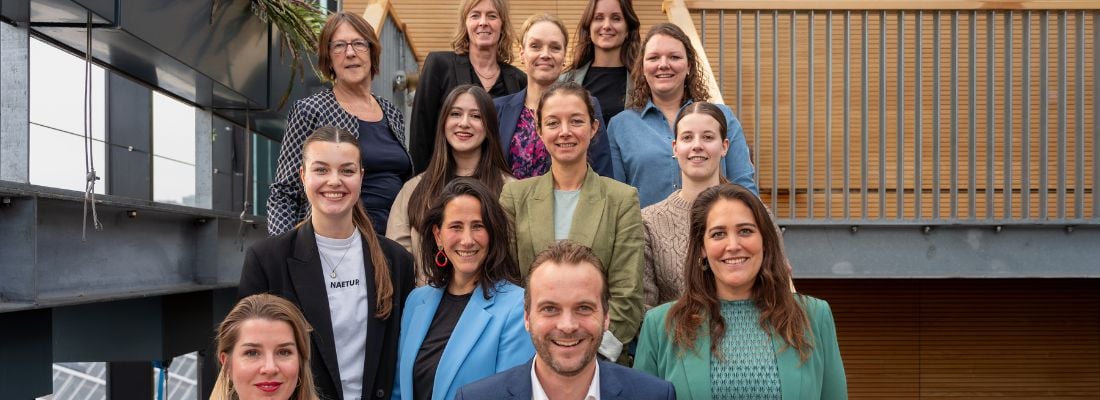Include cleaners in robot design process | Interclean
Is autonomy really the end goal for cleaning robots? No, argues David Abbink, professor Human-Robot Interaction at the Technical University of Delft. “Robots should collaborate with the employees and make their jobs easier and more meaningful, instead of completely taking over parts of their work.”
The relationship between machines and humans has always fascinated Abbink. “How can we design robots in such a way that they really help and support people? This requires a lot of knowledge, not only about the machines and the technological aspects, but also about the people. You have to have a detailed understanding of what they need and want, in order to create something that fulfills those needs and wants.”
Get to know each other
So, in order to create a cleaning robot that could really help the cleaning staff, it is very important to include the employees and the companies in the design process. Abbink explains: “Those two worlds, of robotics and cleaning, should really try to find each other and learn from each other. Discuss the challenges they face, the jobs they do, the worries and the concerns they have. Take the time to get to know each other. That’s the only way we can design cleaning robots that actually solve existing problems that the cleaning employees have, rather than ‘problems’ the technicians think the cleaners have, but actually don’t have at all.”
Chasing a technological dream
The focus or end goal of cleaning robots should not be autonomy, says the professor. “Many robots today are marketed as smarter, stronger and faster cleaners than humans. They can clean more space in less time and they’re also never ill and don’t need holidays or days off. Like a super cleaner”, Abbink outlines. With passion he adds: “But we already have cleaners: actual human ones. And we need to take care of them. I believe that robots are meant to support them, make their lives easier and more meaningful. And not to take over their jobs or do it even better than they do.”
“Sometimes I feel like we, as a society, are trying to chase a technological dream”, Abbink continues. “Robotics and artificial intelligence are often seen as a magical fix for everything. But just because you can create a certain type of robot, doesn’t mean you should. It needs to add value, right? Not just in terms of money, because I can understand that companies can cut costs by replacing employees with robots. But also in terms of social responsibility. How can we create meaningful and dignified jobs and lives for people?”
Physical, mental and social support
He paints a picture of what the future of cleaning would look like, if it were up to him. Abbink: “The essence of the work will of course stay the same. However, I hope that robots and other technological developments can physically, mentally and socially support the employees. At Interclean Amsterdam I spoke with a few cleaners and I noticed their work can get pretty lonely. Because they often perform their tasks late at night or early in the morning, when the other people in the building are not there. And furthermore, the workload is very heavy. They have to do a lot of work in a short amount of time. Therefore, there’s never any time to do something extra or to have a little chitchat with someone. I hope robots can change that, by doing certain tasks at night, so that the cleaner can work during the day. While having more time to provide some extra care and to be social. This makes their work more meaningful, I believe.”
Working alongside or with each other
The keyword in Abbink’s plea seems to be collaboration: cleaning employees and robot should work together. However, Abbink is surprisingly hesitant in using the word cobot, an often heard phrase in the cleaning industry merging the words collaborative and robot. How come? “Well, let me start with saying that it is a good word. And the idea behind it is exactly what I’m trying to explain to you. Namely, that people and robots should work together. However, cobot is a bit of a hyped phrase which comes with high expectations, that in reality aren’t being met yet. Because cobots today are not really collaborating with cleaners, are they? They are just safe to be around. Cleaners and robots can work together in the same space, without getting in each other’s way. But they are working alongside each other, instead of with each other. That’s a big difference. So, I’m a big fan of the concept of cobots, but I don’t believe that we’re there yet.”
Lastly, the professor visited Interclean Amsterdam for the first time this year. What did he notice about the cleaning robots that were displayed there? “First of all, I was very impressed with how big the tradeshow was and how many robots were there. I had absolutely no idea that it would be that much! What struck me in particular was the absence of cleaning employees at the robot stands. All the robots were operating behind fences in a little closed-of space. I think that illustrates my point: the current cleaning robots aren’t really collaborating with cleaners, but are doing their own thing.”
Want to know more?
David Abbink was one of the keynote speakers at the Facility Inspiration Event during Interclean Amsterdam 2022. During his speech he talked more about why anatomy isn’t the holy grail for cleaning robots and why it’s important to include cleaning companies and employees in the design process. Curious? You can watch his keynote for free in Clean Connect if you have registered for Interclean Amsterdam 2022 until 10 July.







